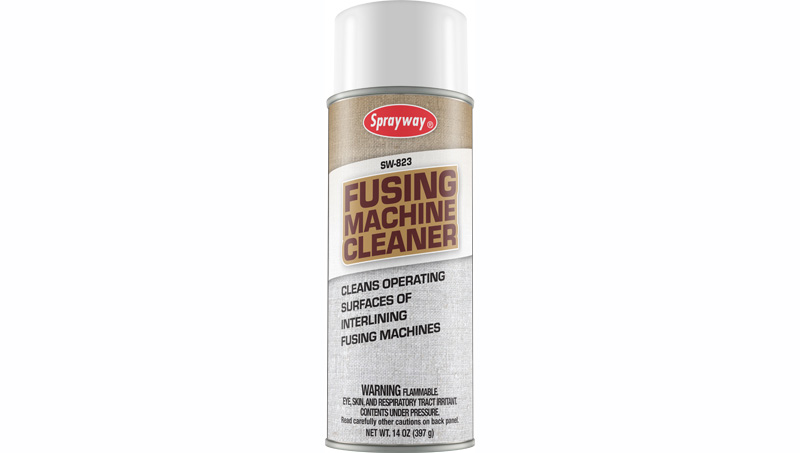

Pointers on reclaimed water contract negotiations However, when three monthly applications of Drive (either alone or in combination with MSMA) were made, common bermudagrass exhibited reddish colored foliage - an effect that was not observed for other treatments.Ĭooperator: Reed Yenny, Mesa Verde Country Club With one or two monthly applications, neither MSMA nor Drive caused damage to common bermudagrass.
Msds eximo turf spray plus#
This was most apparent when a single application of quinclorac (which resulted in only minimal kikuyugrass control) is compared to a single application of MSMA plus quinclorac (which resulted in over 90% control on all rating dates).

Msds eximo turf spray trial#
Summary: In a replicated field trial on a kikuyugrass rough at Mesa Verde Country Club (Costa Mesa, CA), the efficacy of various mixtures and application frequencies of quinclorac (Drive) for control of kikuyugrass control was evaluated. Sponsor: Rohm and Haas, Zeneca, PACE Consulting Stowell, Ph.D., CPPP, CPAgĬooperator: David Michael, Friendly Hills Country Club Principal Investigators: Wendy Gelernter, Ph.D. However, if moss infestations are light, spot treatments with products that rapidly kill the moss may be the most effective strategy. If moss infestations are heavy, gradual removal of moss, as was observed using chlorothalonil or quaternary ammonia, is the most desirable strategy, since it avoids the appearance of large areas of dead or dying moss.In a follow up trial investigating the use of Ultra Dawn applied as a spot treatment, drench-type applications (4 oz/gallon UltraDawn, applied in 80 gallons spray solution/1000 sq ft) were found to be extremely effective for control of moss. This may be due to the fact that all treatments were made using broadcast applications (2 - 4 gallons spray solution/1000 sq ft), rather than spot treatments. Some treatments which were reported to control moss at other locations (Ferrous sulfate, Ultra Dawn, Subdue 2E mixtures) had no effect on moss populations in this trial.Although these treatments initially injured the moss plants, lack of competition of from injured turf appeared to allow the moss to expand its invasion into areas of thinning and/or damaged turf. Treatments which injured turfgrass (Lesco Iron Plus fertilizer, Ronstar 2G and Dimension) resulted in an overall increase in moss by the end of the study.The efficacy of these products may be related to their algaecidal activity. No phytotoxicity was observed with these treatments. The most effective treatments contained chlorothalonil (Daconil 2787 and Daconil Ultrex) or quaternary ammonia (RD-20), with up to 80% moss control achieved by the end of the 3 month trial.A blue-green algae was consistently found in association with the moss. Moss was positively identified as Bryum argenteum on the basis of leaf cell architecture (upper leaves with rhomboid-hexagonal cells) and the silvery-white color of the plants.Summary: In two trials conducted at Friendly Hills Country Club, Whittier, CA, a variety of herbicides, fungicides, surfactants, algaecides and fertilizers were tested for their ability to decrease infestations of Bryum argenteum (silver thread moss) on a heavily moss infested poa/bent putting green. Chemical and Cultural Controls for Moss, Bryum argenteum on Putting Greens


 0 kommentar(er)
0 kommentar(er)
